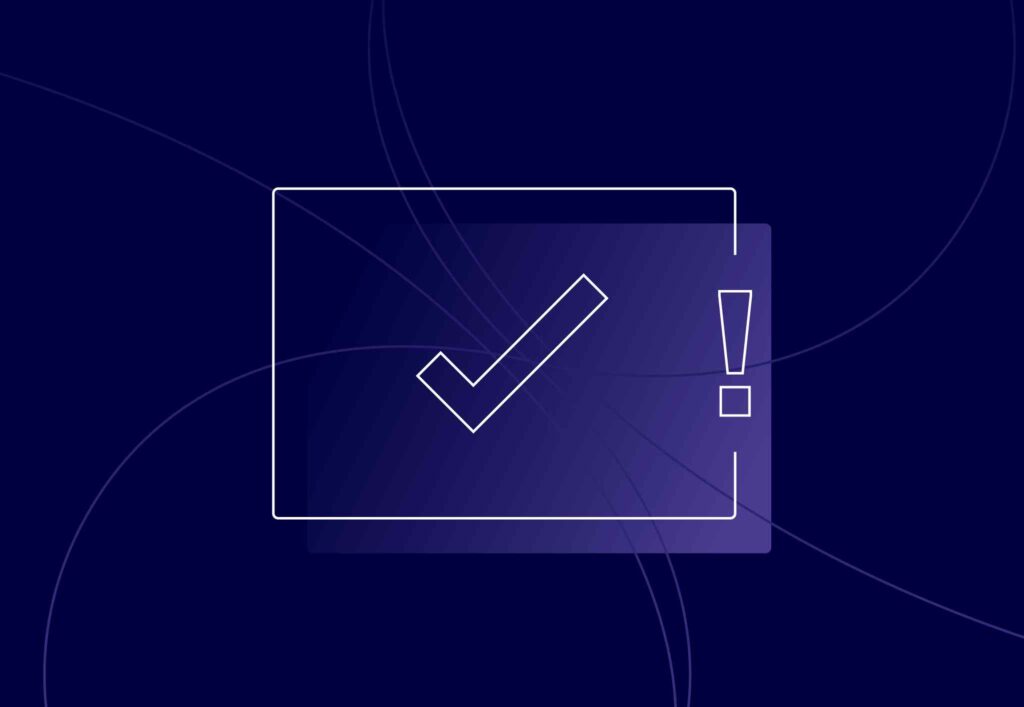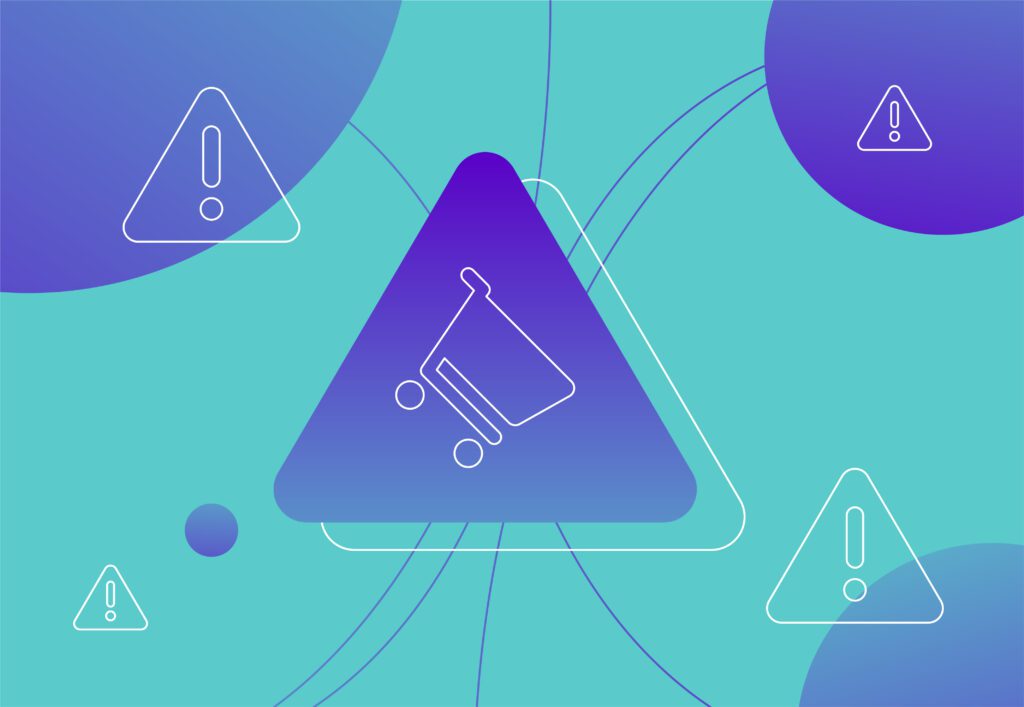
The Essential SEO Glossary Every Marketer Needs

Working in digital marketing can be a complex, jargon-filled experience. And, as Embryo is a search-led marketing agency, we often welcome new-starters that have backgrounds in other marketing areas such as social media marketing or pay per click advertising, and may not be as familiar to the world of search engine optimisation as they’d like to be.
As search marketing is becoming increasingly more important year-on-year for businesses and more companies are being left behind, if you’re a marketer and are aware of the basics and the jargon terms, you’re already a step ahead. Because of this, I thought it best to compile a glossary, that I may add to overtime, with the aim of explaining as much SEO terminology as possible.
So, let’s get into it.
0-9
301 redirect:
By adding a 301 code to a page, it will make one web page redirect the visitor to another web page. This is useful for webpages or links that are broken and returning a 404 error (keep reading – I explain this, too), and through applying a 301 redirect, you can ensure that the user ends up at their desired destination, instead of crashing at a broken page.
404 error:
You may see this as a ‘404’, ‘HTTP 404’, ‘Error 404 not found’ or a variant of these. This is a hypertext transfer protocol standard response code that indicates the browser simply wasn’t able to perform the request submitted by the user. For example, if you attempt to reach a website or page that no longer exists or is broken, you will receive a 404 error code.
A
Alt tags:
You may see this referred to as ‘alt text’ or ‘alt attributes’, too. These are HTML descriptions of your image and are used to inform search engines of what the image you are using is, as search engines only read alt attributes of images, not the images themselves.
Anchor text:
This is the text that the link is attached to. You may know this as the text that is usually dark blue and underlined, or purple if you’ve visited the link in the past. Google reads the anchor text of a hyperlink to understand what it is you are linking to. For example, in this sentence, I am linking to our SEO page, and the ‘SEO’ text is the anchor.
B
Backlinks:
A backlink is simply one web source linking to another. Whether that be a website, a webpage, a web directory, or something else; if one web source is linking ‘back’ to another, it counts as a backlink.
C
CSS:
CSS stands for cascading style sheets and is a programming language which is used when editing the presentation of a web document when written in a markup language like HTML. An easy when to think about it is as HTML being the bones and the skeleton, and CSS as being the flesh and features (I know, slightly creepy – but it works). CSS is one of the cornerstone languages of the web, alongside HTML and javascript, which is why you may hear it often!
Canonical:
The canonical URL is the best web address on which a user can find a piece of information. A canonical is a very specific technique used in particular situations, where you may have a page’s content that can be accessed at more than one web address. Through adding a canonical tag to one of the web addresses, it allows Google to understand which is the preferred page for ranking and online visibility.
CMS:
This stands for ‘content management system’ and is a database that can be used to manage and control the content and structure on a website.
D
Domain:
This is the address of your website on the web. For example, a business phone system supplier and partner of ours, called Infinitel, lives on the domain address www.infinitelcomms.co.uk.
F
FTP:
This stands for ‘file transfer protocol’ and is the protocol when transferring computer files between a system and a server. For example, if a website does not have a CMS (content management system), and you need to publish a webpage, this will have to be done inside the FTP and will involve the transfer of the webpage file from your computer system to the server’s files.
H
<H>:
This is the HTML tag that allows headings to appear on web pages. Generally, these <h> tags vary from <h1> (heading one) to <h6> (heading six). SEOs like to ensure that all web pages follow a suitable ‘heading hierarchy’.
HTML:
This is the code that search engines read your website in. It is important to not ‘bloat’ HTML and that it is kept ‘clean’ so that search engines can crawl and read it as efficiently as possible.
I
Internal linking:
This is a link from one page of your website to another, such as from your blog page to your homepage.
Indexed pages:
These are pages that are being stored by Google in their search engine results pages.
J
Javascript:
This is a scripting language that allows you to apply effects or changes to the content on a website as a user is viewing it. For example, if this sentence, as you are reading it, started to rotate clockwise, it would likely be javascript that is powering it. Search engines often struggle to read javascript, especially if it is not compressed.
K
Keyword:
This is what a user enters into search engines. For example, the main keyword for our website is ‘SEO’, and that is the keyword we optimise our website for. To break it down to its very micro level, an SEO’s job is to optimise a web page with the goal of gaining visitors who have searched for specific keywords.
L
Link Building:
This is the process of gaining backlinks to your website.
M
Metadata:
This is simply data that inform search engines what your website is about, such as title tags and descriptions.
N
Nofollow:
This is a tag that can be applied to a link that you don’t want search engines to follow, but you want users to be able to click through. This is used in situations where you may want to send users to a website, without providing that website with any SEO credit or ‘link juice’ that the backlink would give them.
NAP:
This stands for name, address and phone number and is a key part of local SEO; being something that search engines crawl when taking into account businesses’ data online.
Noindex:
This is a tag that can be added to a webpage that informs Google not to index it in search engine results pages, ultimately meaning it cannot be found organically, and only through its direct URL.
R
RSS Feed:
RSS feeds can be used to dynamically get updates from a web source. RSS stands for ‘really simple syndication’ and are often used on websites to provide updates from blogs and social media feeds.
S
SERP:
This stands for search engine ranking page and is the page you will see after searching in a search engine.
Sitemap:
This is a ‘map’ of all pages on your website. You will often see this following a domain as a /sitemap.xml or a /sitemap_index.xml file, which will contain all of the website’s pages. The purpose of a sitemap is to easily inform Google of your website’s structure and contents with the aim of indexing it quickly.
Spider:
A program that crawls the internet and collects information about websites.
Schema Markup:
Also known as ‘rich snippets’, schema markup is a piece of microdata that you can add to the HTML of your website to improve the way search engines read and display your website and webpages in search engine results pages.
U
URL:
Standing for ‘uniform resource locator’, a URL is a reference to a web resource and its location on a network, such as a domain.




